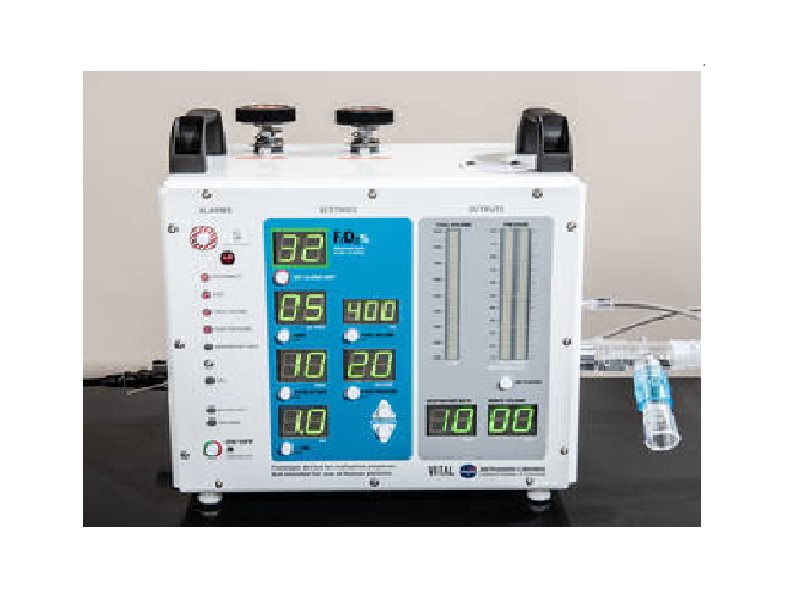
The US Food and Drug Administration (FDA) has granted emergency use authorisation (EUA) to a new high-pressure ventilator developed by Nasa engineers to treat Covid-19 patients.
Developed at Nasa’s Jet Propulsion Laboratory (JPL) in Southern California, US, the ventilator is called Ventilator Intervention Technology Accessible Locally (VITAL).

Discover B2B Marketing That Performs
Combine business intelligence and editorial excellence to reach engaged professionals across 36 leading media platforms.
The launch of the new ventilator is expected to free up the country’s limited supply of traditional ventilators so they may be used on patients, showing the most severe symptoms of Covid-19.
The Office of Technology Transfer and Corporate Partnerships at Caltech, which manages JPL, is offering a free license for VITAL. It is also in discussions with commercial medical industry to find manufacturers for the device.
Nasa administrator Jim Bridenstine said: “This FDA authorisation is a key milestone in a process that exemplifies the best of what government can do in a time of crisis.
“This ventilator is one of countless examples of how taxpayer investments in space exploration, the skills, expertise and knowledge collected over decades of pushing boundaries and achieving firsts for humanity translate into advancements that improve life on Earth.”

US Tariffs are shifting - will you react or anticipate?
Don’t let policy changes catch you off guard. Stay proactive with real-time data and expert analysis.
By GlobalDataLast month, the VITAL prototype passed a critical test at the Icahn School of Medicine at Mount Sinai in New York before securing the EUA.
Nasa said that the ventilator can be built faster and maintained more easily compared to a traditional ventilator.
Furthermore, it can be modified for use in field hospitals being set up in convention centres, hotels and other high-capacity facilities due to its flexible design.
VITAL is developed to last three or four months and cannot replace current hospital ventilators, which can last years and are built to address a broader range of medical issues.





